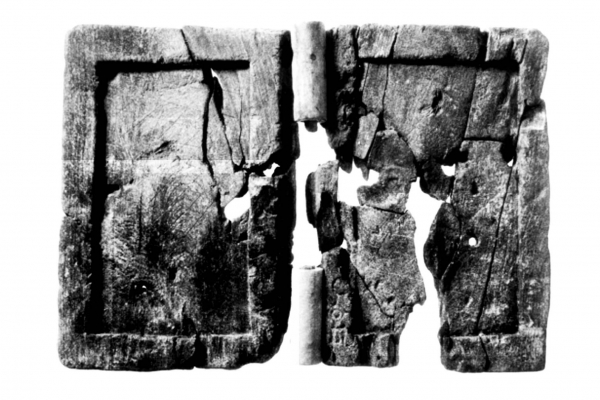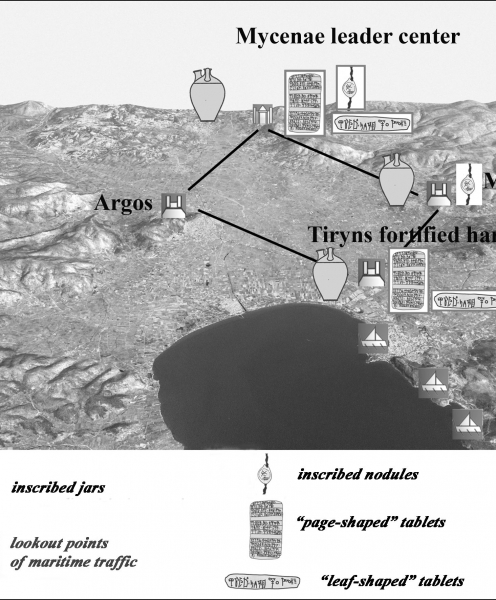The ‘Administered’ System of Trans-Mediterranean Maritime Relations at the End of the 2nd Millennium BC: Apogee and Collapse
Massimiliano Marazzi
The Mycenaean expansion in the Mediterranean reaches its peak during the 14th and 13th centuries BC. Whilst its geographical coordinates are roughly known, the more strictly economic and political aspects are generally difficult to classify. Besides Aegean-Mycenaean mariners other maritime groups – not always clearly distinguishable from the former – are present, especially in the eastern Mediterranean. They are mostly known through the cuneiform and hieroglyphic sources of contemporary territorial states, in whose service they appear to act simultaneously as mercenaries and maritime operators. The decades between the 13th and 12th centuries BC see the collapse of these ‘administered’ commercial relationships, mainly due to the loss of control over this network of maritime interconnections. This phenomenon, variously defined as the emergence of “freelance mariners”, “nomads of the sea” or “sea peoples” is concomitant with a series of social and technological changes taking place in the more strictly nautical environment: above all the propulsion techniques and structure of the ships and new arrangements at port facilities.
Marazzi M. 2018, The ‘Administered’ System of Trans-Mediterranean Maritime Relations at the End of the 2nd Millennium BC: Apogee and Collapse, SMEA NS 4, 95-110.








